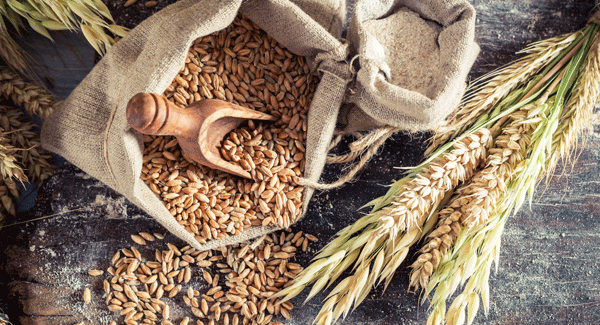Ancient Grains for Your Arthritis Diet
Increase your fiber intake with these global whole grains.
By Matthew Kadey
Eating fewer refined grains and more whole grains has many potential benefits, like helping lower inflammatory markers in the blood and promote weight loss. But if you’re tired of brown rice and whole wheat bread diversify your whole-grain portfolio. These varieties from around the world pack a nutritious, flavorful punch.
FARRO
Popular among Italian cooks, this member of the wheat family has a texture similar to brown rice but with a nuttier flavor, and it contains three times as much fiber. It contains gluten, so people with celiac disease or gluten sensitivity should leave this one on the shelf, but some say they find farro easier to digest than other forms of wheat.
In the Kitchen: Use farro in soups, salads, stuffings or to bulk up a pot of chili. It also makes a good base for grain bowls.
FREEKEH
A staple in Middle Eastern cuisine, freekeh (pronounced FREAK-eh) is wheat (so, yes, it does have gluten) that is harvested while still immature, then sun-dried and roasted for a delicious, smoky flavor and chewy bite. It contains an impressive 7 grams of protein and 8 grams of fiber per 1/4 cup dry serving.
In the Kitchen: Cracked freekeh cooks faster than whole. It can be used in soups, stir-fries, pilafs, tabouleh and veggie burgers, and sprinkled over Greek yogurt.
TEFF
Teff hails from Ethiopia, where it’s a dietary anchor. This russet-colored, poppyseed-size grain has a malty flavor and supplies more calcium and energy-boosting iron than other whole grains.
In the Kitchen: Teff is used to make the Ethiopian flatbread, injera. It releases its starch during cooking and clings together so it can be used to make puddings, corn-free versions of polenta or a breakfast porridge. Or use it to thicken soups and stews.
MILLET
This small, round, yellow grain is a daily staple in Africa and many parts of Asia. It has a subtle, corn-like flavor and delivers a range of minerals and vitamins, including thiamine and bone-strengthening magnesium and phosphorus.
In the Kitchen: Add it to burritos, frittatas, grain salads and veggie burgers. Or top cooked millet with milk, chopped nuts and berries for a breakfast cereal.
CHINESE BLACK RICE
Legend has it that in ancient China, only emperors were allowed to eat this deep purple (almost black) rice, which is sweeter than brown rice and has a chewy texture. The bran layer contains anthocyanins, which have antioxidant and anti-inflammatory properties.
In the Kitchen: Make black rice a part of stir-fries, tacos and grain bowls or serve it alongside grilled salmon. For a dessert, serve cooked black rice in a bowl with warmed coconut milk and top with sliced mango.

Stay in the Know. Live in the Yes.
Get involved with the arthritis community. Tell us a little about yourself and, based on your interests, you’ll receive emails packed with the latest information and resources to live your best life and connect with others.




